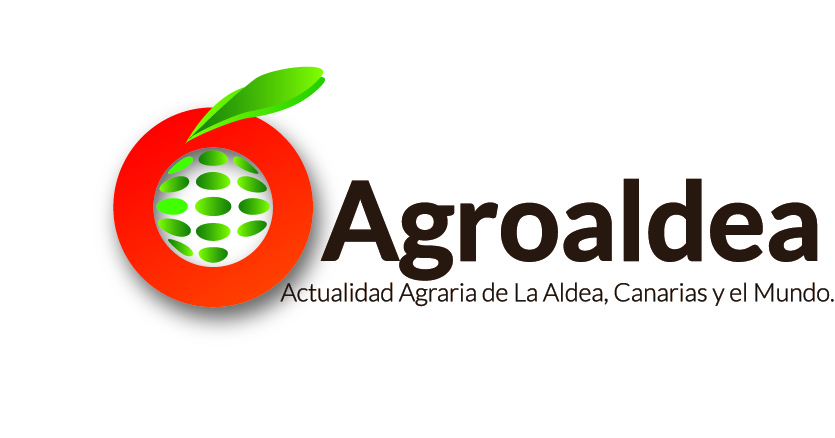 Enhance natural enemies, conserve biodiversity and ensure sustainable agriculture, priorities of the new R & D Center.
Enhance natural enemies, conserve biodiversity and ensure sustainable agriculture, priorities of the new R & D Center.
Koppert Biological Systems has chosen to centralize Almería in the coming years agricultural research projects throughout the Mediterranean basin. The leader in biological pest control and natural pollination with bumblebees in Vícar company has built an advanced R & D center with a floor space of more than 300 square meters, which involved an investment of 500.000 euros and six months of work.
With the launch of the new research center, Koppert wants to contribute decisively to applied research to meet the demands and real needs of the main Mediterranean crops, they are already focused on sustainable production standards to meet market requirements.
 Many of the crops in the Mediterranean area, protected and outdoor, They face problems arising from the prohibition of active substances to control certain pests and need a new short-term biological "tools" that allow control pests effectively without waste.
Many of the crops in the Mediterranean area, protected and outdoor, They face problems arising from the prohibition of active substances to control certain pests and need a new short-term biological "tools" that allow control pests effectively without waste.
In this sense, research priorities Koppert focus on increasing the effectiveness of natural enemies and preserve the biodiversity of agricultural production areas "as cornerstones of the work Koppert develops globally around the world to get to realize a new food model based on the bio-economy and the sustainability of the system ", He said Henri Oosthoek, CEO Koppert, during the opening ceremony held today, in the presence of the Mayor of Vícar, Antonio Bonilla, and a large group of customers and distributors throughout Spain.
"The new generation of natural solutions for agriculture will emerge from this center, thanks to technical means, the knowledge accumulated over years of innovation in agriculture and also thanks to the constant interaction with groups of public and private research centers around the world ", José Eduardo Belda highlights, Department Director R & D of Koppert Spain.
The R & D will have a leading role in important European research consortia that has already been incorporated Koppert Biological Systems, as the BINGO project aimed at selective breeding of beneficial insects or EIT Food project has the backing of the European Commission to promote a new agricultural model that is compatible with the conservation of natural resources and provide citizens with affordable criteria for healthy eating.
In line with the interest of the company for sustainability, the building of the new research center has been built with bioclimatic criteria to optimize the reaction of the materials in each season and reduce energy consumption.
The study almeriense Bulk Architecture has joined the project several ingenious solutions work, as an efficient installation of solar photovoltaic, a Canadian well to regulate the air temperature inside the building and different mulches on the cover and on the perimeter that mitigate the summer heat. In addition, the orientation of the building is the result of a previous microclimatic study to better use air currents and sunlight.
Koppert experimental farm
The new research center is located within the experimental farm of Koppert, a few meters of modern greenhouses where the company analyzes under controlled conditions interactions with different beneficial insects and crop pests. The building has two large laboratories, equipped with the latest technology for scientific research on macro- (insects) and microorganisms (fungi and bacteria, fundamentally).
Now, the link between experimental greenhouses and the new R & D expedite obtaining results, in consecuense, facilitate the development of new natural solutions that will benefit the protected agriculture and outdoor Mediterranean countries, which they have similar climatic conditions to Almeria and where are valid scientific conclusions obtained in Almería.
The new facilities also have space available for temporary stays of newly qualified researchers and scholars from different countries, that may take their first professional steps in the agricultural model of Almeria.

